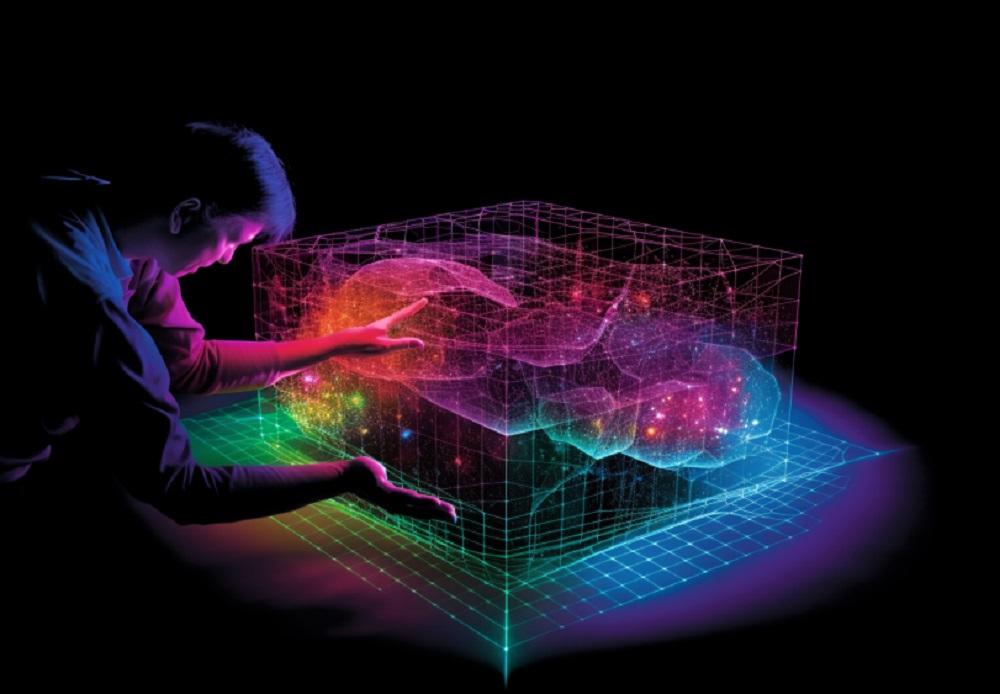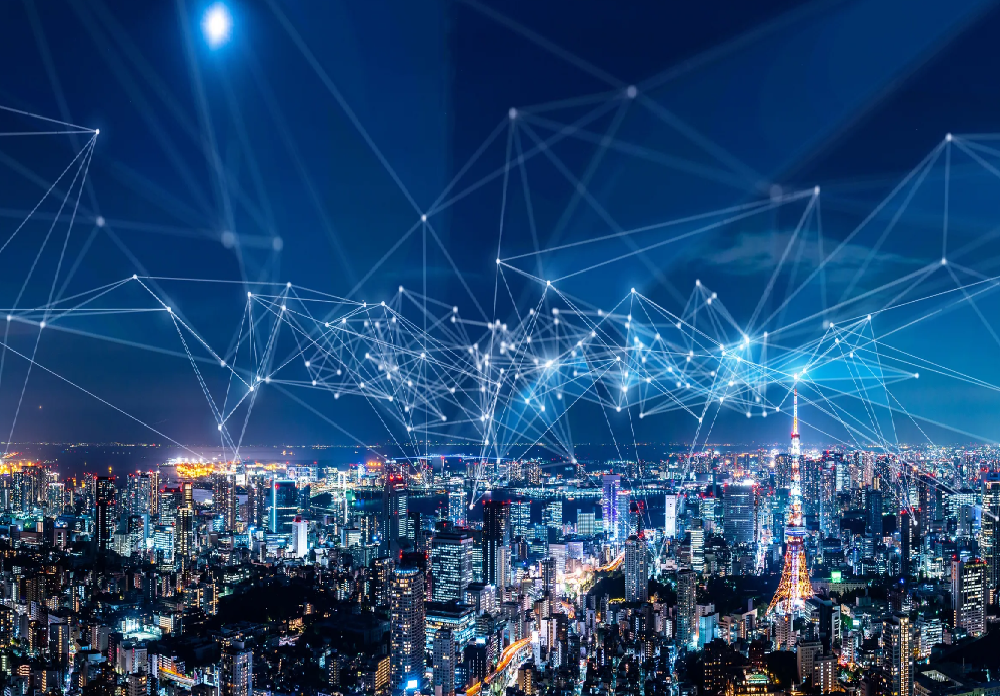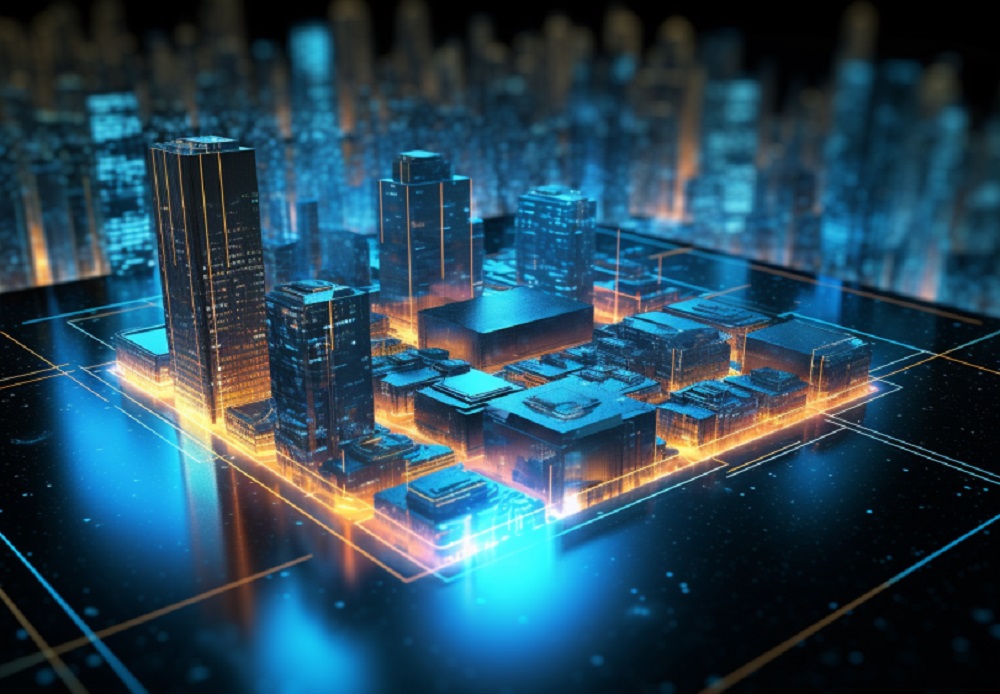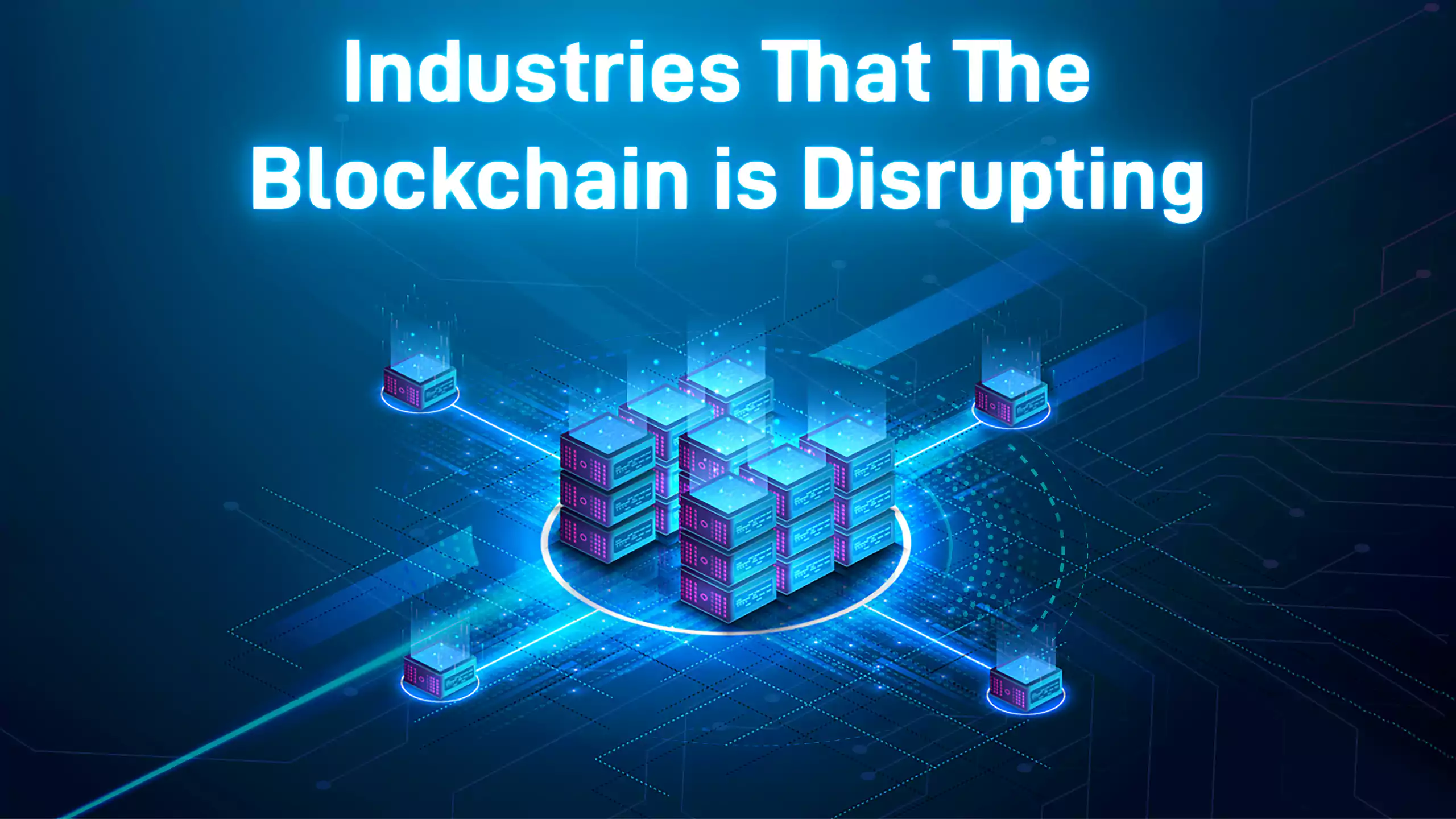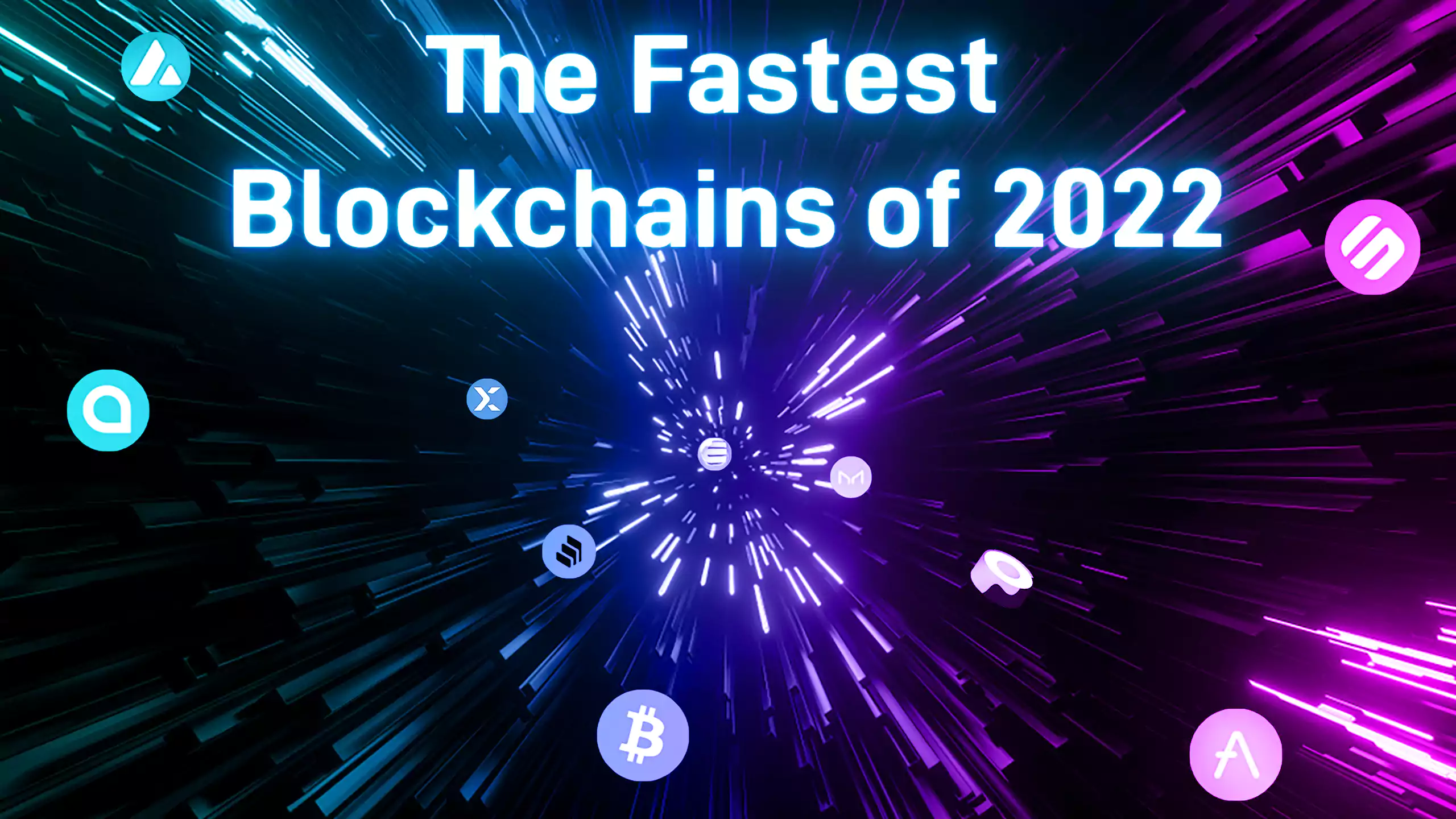What is Web3.0? A Comprehensive Guide
Table of Contents
Part I: The Evolution of the Internet
1. Web1.0 - The Static Web
2. Web2.0 - The Social Web
3. Web3.0 - The Semantic and Decentralized Web
Part II: The Pillars of Web3.0
4. Decentralization
5. Blockchain Technology
6. Smart Contracts
7. Cryptocurrencies
8. Tokenization
9. Digital Identity
10. Interoperability
Part III: Key Web3.0 Technologies and Protocols
11. Ethereum
12. IPFS (InterPlanetary File System)
13. Polkadot
14. Cosmos
15. Cardano
16. Solana
17. Filecoin
Part IV: Web3.0 Applications and Use Cases
18. Decentralized Finance (DeFi)
19. Non-Fungible Tokens (NFTs)
20. Decentralized Autonomous Organizations (DAOs)
21. Digital Identity and Privacy
22. Decentralized Storage
23. Supply Chain Management
24. Voting Systems
25. Content Creation and Monetization
Part V: Challenges and Controversies
26. Scalability
27. Security
28. Regulation and Compliance
29. Environmental Impact
30. Adoption and User Experience
Part VI: The Future of Web3.0
31. Web3.0 and Artificial Intelligence
32. Quantum Computing and Web3.0
33. Virtual and Augmented Reality
34. The Internet of Things (IoT)
35. Edge Computing
Part VII: Getting Involved in Web3.0
36. Building Web3.0 Applications
37. Investing in Web3.0 Projects
38. Education and Training
39. Web3.0 Developer Communities
40. Final Thoughts and the Road Ahead
Introduction
Web3.0 is the next generation of the internet, aiming to create a decentralized, secure, and user-centric online experience. This comprehensive guide will provide you with an in-depth understanding of Web3.0, its evolution, core technologies, applications, challenges, and future possibilities. By the end of this article, you will have a solid grasp of Web3.0 and its significance in the evolution of the internet.
Part I: The Evolution of the Internet
1. Web1.0 - The Static Web
Web1.0, also known as the "static web," emerged in the early 1990s. It was the first generation of the internet, characterized by static HTML pages with limited user interaction. Content was primarily text-based, and users could not actively contribute or modify content on websites. The main purpose of Web1.0 was to share information and serve as a digital library.
2. Web2.0 - The Social Web
The term "Web2.0" was coined in 2004 to describe the shift from static web pages to a more dynamic, interactive, and social online experience. With the rise of social media platforms, blogs, wikis, and other user-generated content, users were empowered to create and share content, collaborate, and communicate with others. The focus shifted from merely consuming information to participating and contributing to the online world.
3. Web3.0 - The Semantic and Decentralized Web
Web3.0, the latest evolution of the internet, combines the power of semantic understanding and decentralization to create a more intelligent, secure, and user-centric online experience. It leverages advanced technologies such as blockchain, artificial intelligence, and cryptography to enable a wide range of new applications and use cases, including decentralized finance, digital identity, and more.
Part II: The Pillars of Web3.0
4. Decentralization
One of the core principles of Web3.0 is decentralization. Decentralization aims to reduce reliance on central authorities, such as governments and corporations, in managing the internet. By utilizing decentralized technologies like blockchain, users can regain control over their data, privacy, and digital assets.
5. Blockchain Technology
Blockchain technology is a key component of Web3.0. It is a distributed ledger that securely records transactions and data across a network of computers. Blockchain enables transparency, security, and immutability, making it a powerful foundation for decentralized applications and services.
6. Smart Contracts
Smart contracts are self-executing contracts with the terms of the agreement directly written into code. They automatically execute when the conditions specified in the contract are met. Smart contracts enable trustless, transparent, and automated transactions on blockchain networks.
7. Cryptocurrencies
Cryptocurrencies are digital assets that use cryptography to secure transactions and control the creation of new units. They play a vital role in Web3.0, serving as the native currencies for decentralized platforms and applications.
8. Tokenization
Tokenization is the process of representing real-world assets, such as stocks, real estate, or commodities, as digital tokens on a blockchain. Tokens can be easily traded, transferred, and managed, enabling new business models and investment opportunities.
9. Digital Identity
Digital identity refers to the online representation of an individual or entity. Web3.0 aims to give users control over their digital identities, enabling them to manage their data, privacy, and access to online services.
10. Interoperability
Interoperability is the ability of different systems and networks to communicate and exchange information seamlessly. In Web3.0, interoperability is crucial to enable different decentralized platforms and applications to work together, creating a more connected and efficient ecosystem.
Part III: Key Web3.0 Technologies and Protocols
11. Ethereum
Ethereum is an open-source, decentralized platform that enables developers to build and deploy smart contracts and decentralized applications (dApps). It is one of the most prominent and widely used platforms in the Web3.0 ecosystem, supporting a vast array of projects and applications.
12. IPFS (InterPlanetary File System)
IPFS is a distributed, peer-to-peer file storage and sharing system designed to make the internet faster, safer, and more open. It enables efficient and decentralized storage and retrieval of content, making it an essential component of the Web3.0 infrastructure.
13. Polkadot
Polkadot is a decentralized, interoperable platform that enables cross-chain communication and data transfer. It allows different blockchains to connect and work together, creating a more scalable and interconnected Web3.0 ecosystem.
14. Cosmos
Cosmos is another platform focused on blockchain interoperability. It aims to create an "internet of blockchains" that allows individual blockchains to communicate and transact seamlessly with one another.
15. Cardano
Cardano is a decentralized platform designed to enable secure, scalable, and sustainable applications. It uses a unique proof-of-stake consensus mechanism and a layered architecture to support smart contracts, dApps, and digital assets.
16. Solana
Solana is a high-performance blockchain platform designed to support decentralized applications and cryptocurrencies with fast, secure, and scalable infrastructure. Its innovative consensus algorithm, Proof of History, enables high transaction throughput and low latency.
17. Filecoin
Filecoin is a decentralized storage network built on top of IPFS. It allows users to rent out their unused storage space to others, creating a global, distributed marketplace for data storage and retrieval.
Part IV: Web3.0 Applications and Use Cases
18. Decentralized Finance (DeFi)
Decentralized Finance, or DeFi, refers to financial applications and services built on decentralized platforms like Ethereum. DeFi aims to create an open, transparent, and inclusive financial system, enabling lending, borrowing, trading, and investing without relying on traditional financial intermediaries.
19. Non-Fungible Tokens (NFTs)
Non-Fungible Tokens (NFTs) are unique digital assets that represent ownership of digital or physical items. NFTs have gained widespread attention for their use in digital art, collectibles, and virtual goods, enabling creators to monetize their work and users to trade and collect unique digital assets.
20. Decentralized Autonomous Organizations (DAOs)
DAOs are organizations that are governed by smart contracts and decentralized consensus mechanisms, rather than traditional hierarchical structures. DAOs enable more democratic, transparent, and efficient decision-making and resource allocation.
21. Digital Identity and Privacy
Web3.0 enables users to manage their digital identities, control access to their data, and maintain privacy online. This can be achieved through decentralized identity solutions, zero-knowledge proofs, and other privacy-enhancing technologies.
22. Decentralized Storage
Decentralized storage solutions, such as IPFS and Filecoin, enable users to store and share data across a distributed network, increasing redundancy, security, and efficiency.
23. Supply Chain Management
Web3.0 technologies can be used to improve supply chain management, enabling greater transparency, traceability, and efficiency throughout the entire process. This can be achieved through the use of blockchain, IoT devices, and smart contracts.
24. Voting Systems
Decentralized voting systems can enhance the security, transparency, and accessibility of elections and other decision-making processes. By leveraging blockchain technology, votes can be securely recorded and audited, minimizing the risk of fraud and manipulation.
25. Content Creation and Monetization
Web3.0 enables creators to produce and monetize their content through decentralized platforms and new business models, such as decentralized social networks, tokenized content, and NFTs. This empowers creators and promotes a more diverse and open content ecosystem.
Part V: Challenges and Controversies
26. Scalability
One of the main challenges facing Web3.0 is scalability, as many blockchain networks struggle to handle high transaction volumes and fast processing times. Solutions like sharding, layer 2 technologies, and alternative consensus algorithms are being explored to address these issues.
27. Security
Security is a critical concern for Web3.0, as decentralized systems must be robust against various attacks, including hacking, fraud, and Sybil attacks. Ongoing research and development efforts focus on enhancing the security of blockchain networks, smart contracts, and other Web3.0 technologies.
28. Regulation and Compliance
As Web3.0 technologies gain adoption, they face increasing regulatory scrutiny and compliance requirements. Navigating these complex and evolving regulations is a significant challenge for Web3.0 projects, particularly in areas like decentralized finance and digital assets.
29. Environmental Impact
The environmental impact of blockchain technologies, particularly those using energy-intensive consensus mechanisms like proof-of-work, has raised concerns. Alternative consensus mechanisms, such as proof-of-stake, are being developed to mitigate this issue and create more sustainable Web3.0 solutions.
30. Adoption and User Experience
For Web3.0 to succeed, it must achieve widespread adoption and offer a seamless user experience. Challenges include improving user interfaces, simplifying onboarding processes, and overcoming the learning curve associated with new technologies.
Part VI: The Future of Web3.0
31. Web3.0 and Artificial Intelligence
The integration of artificial intelligence (AI) and Web3.0 technologies has the potential to create more intelligent, personalized, and autonomous online experiences. AI can be used to analyze data, enhance security, and enable new applications and services within the Web3.0 ecosystem.
32. Quantum Computing and Web3.0
Quantum computing poses both opportunities and challenges for Web3.0. While it has the potential to revolutionize computing power and enable new applications, it also threatens the security of current cryptographic systems. Developing quantum-resistant algorithms and technologies is essential to ensure the long-term viability of Web3.0.
33. Virtual and Augmented Reality
Virtual and augmented reality (VR/AR) technologies can play a significant role in the future of Web3.0, enabling immersive and interactive digital experiences. These technologies can be integrated with blockchain and decentralized systems to create novel applications and use cases.
34. The Internet of Things (IoT)
The Internet of Things (IoT) refers to the network of interconnected devices that collect and share data. Integrating IoT devices with Web3.0 technologies can enable secure, decentralized data sharing and automation, enhancing efficiency and innovation across various industries.
35. Edge Computing
Edge computing refers to processing data closer to the source, rather than relying on centralized data centers. This approach can enhance the performance, security, and efficiency of Web3.0 applications and services, particularly in areas like IoT and decentralized storage.
Part VII: Getting Involved in Web3.0
36. Building Web3.0 Applications
Developers interested in creating Web3.0 applications can leverage various platforms, tools, and programming languages to build decentralized apps, smart contracts, and more. Numerous resources, tutorials, and documentation are available to help developers learn and build on various Web3.0 platforms.
37. Investing in Web3.0 Projects
Investing in Web3.0 projects can involve purchasing cryptocurrencies, tokens, or equity in startups focused on building decentralized technologies and applications. Investors should conduct thorough research, understand the risks, and consider their investment objectives before participating in this rapidly evolving space.
38. Education and Training
To stay informed and build the necessary skills for Web3.0, individuals can access a wealth of educational resources, including online courses, workshops, webinars, and conferences. Many universities and institutions also offer specialized programs and degrees in blockchain, cryptocurrencies, and related technologies.
39. Web3.0 Developer Communities
Developer communities play a crucial role in fostering innovation and collaboration in the Web3.0 ecosystem. Developers can join forums, chat rooms, and social media groups to connect with like-minded individuals, share knowledge, and contribute to open-source projects.
40. Final Thoughts and the Road Ahead
Web3.0 represents a paradigm shift in the way we interact with the internet, promising greater decentralization, transparency, and control over our digital lives. As Web3.0 technologies continue to evolve and mature, we can expect to see more applications and use cases emerge across various industries. The challenges and controversies surrounding Web3.0 must be addressed to ensure its long-term success and widespread adoption.
As we look to the future, the convergence of Web3.0 with other emerging technologies, such as AI, quantum computing, and IoT, will likely unlock new possibilities and drive further innovation. For those interested in getting involved, now is an exciting time to learn, build, and contribute to the next generation of the internet.

